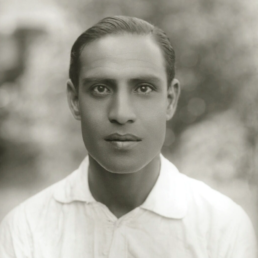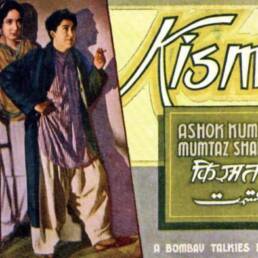Joséphine Bonaparte, the French Empress, nursed an obsession. She would wait fervently for exquisitely-designed boxes to arrive from Kashmir carrying ethereal Pashmina shawls. But we can’t help but wonder what intriguing tales surrounded those ornamental boxes. Curious? Dive in.
The decorative boxes, made of pieces of pulp and reinforced with a sort of adhesive-like starch, came in brilliant and colorful designs. The French had a term for the art which adorned them. They called it ‘chewed paper’ or papier-mâché.
As they began to be sold all across Europe, papier-mâché from Kashmir soon became the rage in France – just like the Pashmina shawls which had become the go-to fashion accessory in Paris.
Now, the art of papier-mâché can be traced back to the paper industry in Imperial China. From China, it spread to the Middle East where locals made various crafts using paper pulp in the 13th and 14th centuries.
But it was only roughly around the 15th century that the artwork found its way into Kashmir when the Sultan of Kashmir first chanced upon it during his travels in Samarkand.
The most unique object made from paper pulp was perhaps the Kalamdani or the pen case which also gave the artwork its name Kari-Kalamdani.
After returning to Kashmir, the Sultan invited artists and craftsmen from the Middle East to come and ply their trade in Kashmir.
It was under the Sultan’s reign that the pulp industry is said to have flourished in Kashmir. But it was perhaps not the only reason why the artwork thrived at that time.
It was also a time when Islam was spreading in the valley. In this respect, Mir Sayyid Ali Hamadani, a Sufi saint, who had stayed in the valley during his travels in the late 14th century, played an instrumental role.
As Islam spread, so prospered the art of calligraphy in the valley, and as calligraphy thrived, its instrument, the kalam or pen, became an object of intrigue. This provided a perfect platform for Kari-Kalamdani to take over.
The Mughals were supposedly great patrons of Kari-Kalamdani and commissioned several products to be made for gift purposes. As the style grew popular, it was used to decorate walls and ceilings of rooms and also palanquins and howdahs.
What made Kari-Kalamdani unique were the motifs and designs and the pinpoint precision with which the local artists drew them. The Shah Hamdan Mosque in Srinagar is a brilliant example of the exquisiteness of this artwork.
The artwork’s reach may have been limited in the 16th and 17th centuries but in post-revolution France, it received a new lease of life. Artifacts like boxes and flower vases flew off shelves and were sold at a premium.
Papier-mâché may have once captivated one of the most fashionable cities in the world, but sadly today the artwork is in decline. Only a few genuine artists and craftsmen still make these exotic products in the by-lanes and bazaars of Srinagar.
Needless to say, it falls upon us to keep this brilliant artform alive.
Sources:
- THE STORY OF BOXES, https://gaatha.com/kari-kalamdani-papier-mache-painting-kashmir/
- Kashmiri papier-mache: Its story, how it’s crafted and more by AMBREEN YOUSUF, https://www.dailysabah.com/arts/kashmiri-papier-mache-its-story-how-its-crafted-and-more/news




